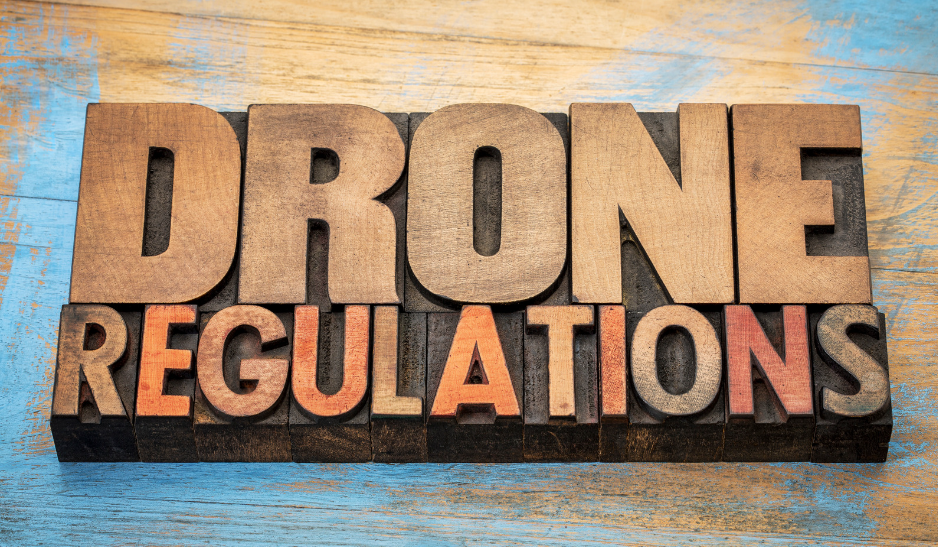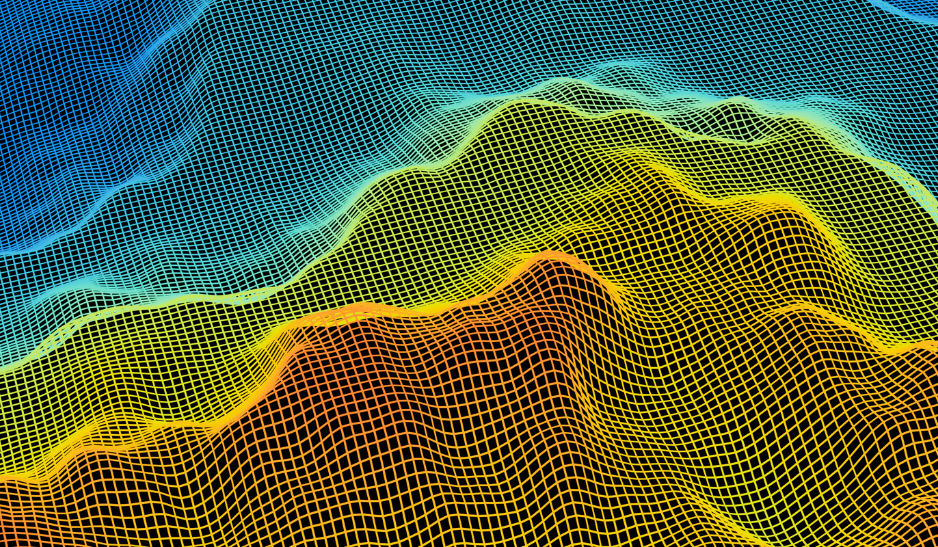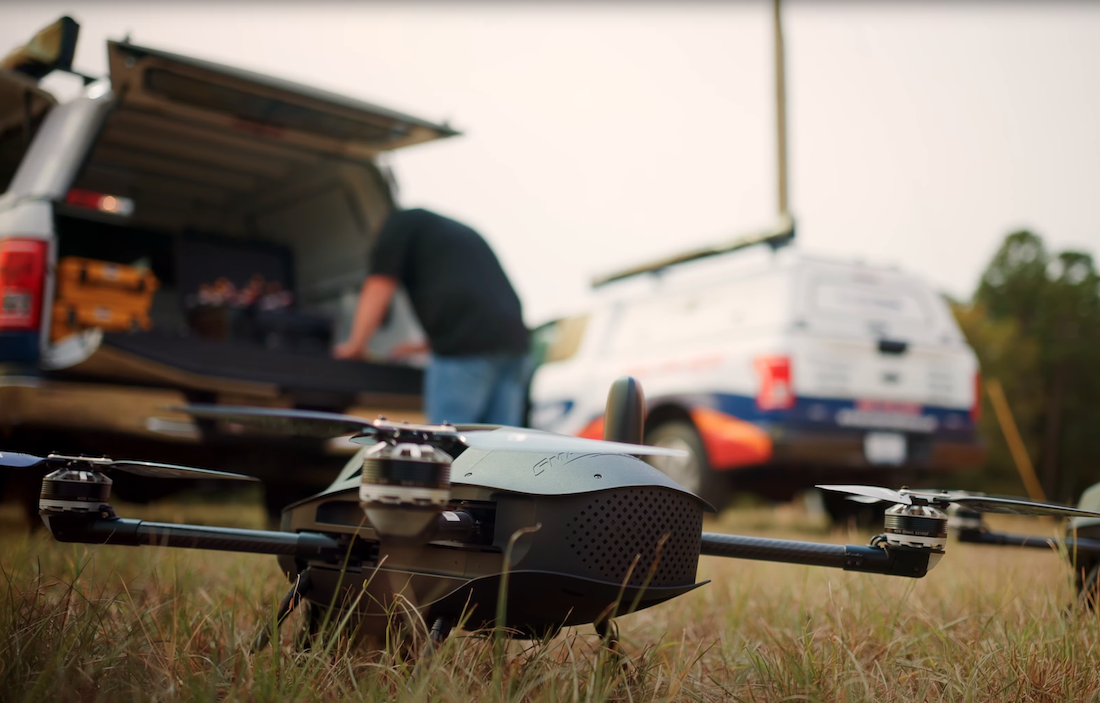Drones have become increasingly prevalent in various industries, including surveying large plots of land. They provide a unique vantage point and unrivaled accuracy you couldn't otherwise obtain. However, many operators fail to understand how to get the most out of drone surveying.
Some drone surveying mistakes include not understanding drone accuracy, flying at the wrong times, and not using all the necessary equipment.
Here are five mistakes to avoid with your drone survey services.
1. Not Understanding Drone Accuracy
Many drone operators fail to understand how to achieve the kind of accuracy they need from their survey.
For example, relative accuracy can be used to find the distance between specific points in a given dataset. However, it doesn't tell the whole story because data needs to be geolocated, also described as tying in the data. This process of geolocation or georeferencing also aligns data with state plane coordinate systems.
Methods like LiDAR drone surveys use laser pulses to capture 3D data. This includes distances and precise measurements of ranges, and it must be coupled with a positioning sensor. The Discovery 2 drone uses an Applanix APX-15, a combination GNSS receiver, and IMU.
Recording more precise data requires extra equipment, such as geotagged checkpoints and multiple measurements - this must be considered when planning for optimal collections, and using survey-grade GNSS equipment to set these controls will yield more reliable results that can be verified.
2. Not Using GCPs
Ground control points (GCPs) are points on the surface of the earth that are known locations. They are used primarily when collecting orthomosaics, while check shots or ‘elevation checks’ are used in LiDAR collection. For either result, use survey-grade GNSS equipment to collect specific data on these areas, such as XY and elevation. This data is used to validate the results in processing.
When collecting GCPs, a very conservative rule of thumb would be to use 10% of your acreage - this amount of GCPs will let you collect extremely accurate results for ALTA surveys and linework. If you’re collecting for an orthomosaic backdrop to contours, you can use far fewer GCPs. A good workflow is to verify the accuracy of your raw image using spray paint numbering on the targets and labeling in the collector. The GCPs will help you align the final result and feel good about verifying accuracy.
3. Incorrect Overlapping Practices
One part of the drone surveying process that often gets overlooked is overlapping or flight spacing. The more overlap there is, the better the drone survey accuracy you'll have. The important thing is to know what you need to collect and set up a flight for the most efficient collection.
For example, when collecting an orthomosaic for ALTA survey results and linework, you will place more ground targets and tighten flight spacing considerably. More overlapping imagery provides more reference points for your software to work with through key points. When key points match up, your software can create a 3D point cloud and orthomosaic.
Another example is if you are collecting over 3+ story buildings, you’d need to raise the flight altitude. At a fixed flight altitude above the ground, the buildings will rise into the imagery, and you will no longer have consistent overlap in the images, causing warped and skewed orthos at the locations of the tall buildings.
Finally, suppose you wanted to collect LiDAR only over a sizeable vegetated area. In that case, you’d set up your flights and spacing with considerations made more for the LiDAR collection - this would like less overlap and more acres covered. Ultimately, with a UAV such as Discovery 2, you will benefit from learning more about optimal collections for different deliverables, and your work in the field will be more efficient with less re-work.
4. Inconsistent Lighting
One of the features of LiDAR is that it “brings its own sunlight,” and collection can occur during clear visibility and even at night. When collecting an orthomosaic, consider the lighting conditions for surveys before you take your drone out. You don't want to spend hours collecting images with large lighting exposure variances, rendering them useless for orthomosaic generation.
The best day for drone survey companies is sometime around midday, preferably in bright, well-lit conditions when the sun is highest in the sky, and there is minimal cloud coverage. This is when there will be fewer fluctuations in lighting and shadows, and you will have more consistent processed results.
5. Not Using PPK or RTK
In addition to ground control for surveys, you may need to utilize real-time kinematic positioning (RTK) or post-processed kinematics (PPK) to derive an accurate result. This advanced GPS technology can take measurements and report your drone's exact position when each LiDAR shot or orthoimage is collected.
This positioning technology (along with standard collection, processing, and QC standards) can take a hobbyist collection up to the accuracy standards needed for survey-grade results. The end product is a more accurate set of imaging that you can use to make better maps.
Avoid Drone Surveying Mistakes With SmartDrone
It's easy to make drone surveying mistakes, especially if you don't have much experience piloting drones. Many professionals rely on drone survey companies to ensure they get the data they need.
SmartDrone provides professional services and technology in drone surveying. Some industries that use our solutions include land surveying and civil engineering. Contact us to learn more and speak with a specialist.




